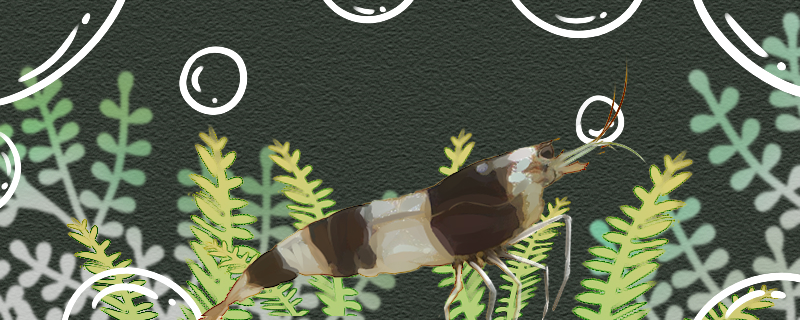
White-headed bee shrimp is an improved variety of bee shrimp, which is not very good to raise. They have certain requirements for water quality, if the water quality is not good, they can not grow normally. They are relatively rare, and the difficulty of breeding is relatively high, generally few people breed. Therefore, it is not recommended for novices to start with white-headed honey bee shrimp.
1. Water temperature: White-headed Honeybee Shrimp can adapt to a relatively wide range of water temperature, and can survive in water not lower than 15 ℃ and not higher than 28 ℃. During the breeding season, they need to keep the water temperature between 18 and 22 degrees Celsius, which is more conducive to their eggs. In winter, it is necessary to use heating rods to increase the temperature and ensure that the water temperature is not lower than 15 C.
2. Water quality: They do not require high acidity and alkalinity of water, and can grow in water with PH value between 5.0 and 8.0. When farming, clean water should be used to raise, and timely water exchange to ensure that the water quality is always clean. If the water quality is poor, they are likely to grow poorly and die in severe cases.
3. Feeding: When breeding, it is recommended to use special feed for bees and shrimps. Such feed is more beneficial to their growth. Feeding can not be too frequent, about every 1-2 days to feed a feed on it. If you feed too frequently, you may pollute the water.